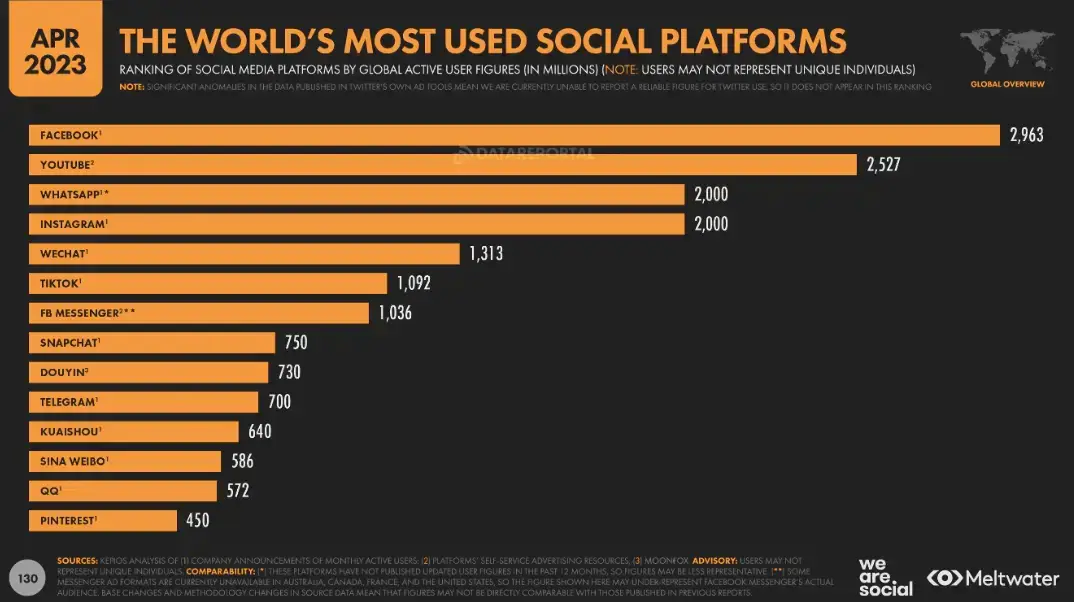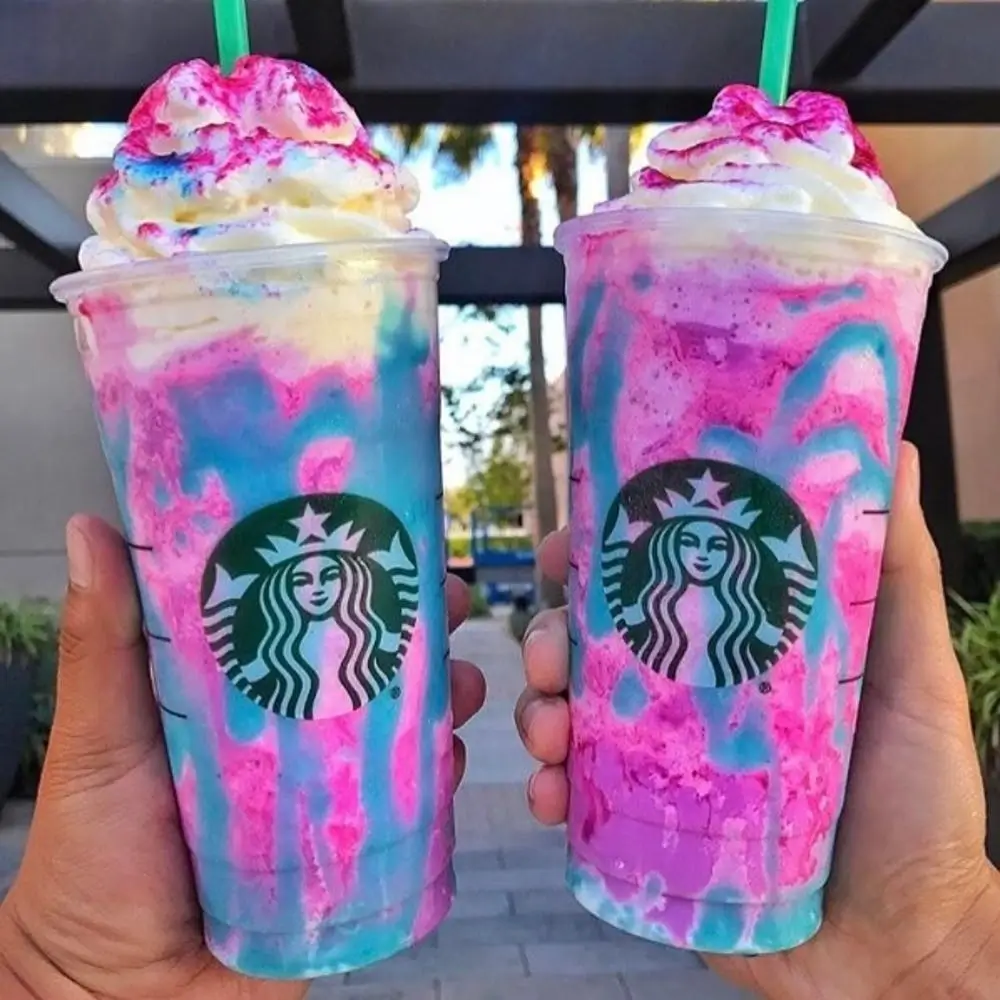An April 2023 market research study showed that over half the world, nearly 60%, use social media regularly. That's close to 5 billion people, which is a staggering number considering that around 20 years ago, it was less than 400 million.
To say that social media is a huge part of the customer journey in 2023 would be a massive understatement.

People are eager and willing to share their brand experience by showing the packaging their new iPhone came in or their latest purchase from Louis Vuitton.
They’re even sharing normal everyday items like chocolates or makeup. This kind of high visibility for brands carries a powerful word-of-mouth marketing factor.
Such direct access into the customer psyche gives brands a never-seen-before opportunity. It allows them to tweak/modify their design to suit what the customers want.
Especially by leveraging the power of macro and micro ambassadors (such as influencers) shaping the brand perception via powerful imagery and design-packaging has become easier than ever.
Brands are increasingly leveraging the power of these partnerships to create user-generated content which is more raw, real, and authentic. From rather immediate shots taken on the go to highly curated photographs; the spectrum is wide and possibilities are plenty.
Smartphone technology, apps, and social media have together democratized design and photography. This is fueled by the availability of quick lo-fi filters (think Snapchat).
The opportunities for flexible packaging solutions in social media campaigns are unprecedented.
Many brands are exploring novel packaging options to make a mark on social media. This includes using shrink sleeves, which offer an innovative solution for packaging designs that require flexibility and striking visuals.
Customizing shrink sleeve labels, like those used for pre roll tubes, can significantly enhance brand visibility and customer engagement online.
How are Brands Leveraging Social Media Trends?
To stay on top of their games, brands and design agencies are regularly auditing and watching trends, consumer lingo, and visual codes. With that knowledge, they can curate social media design and product packaging that targets a wider audience.
Social listening as a tool to evaluate trends, hashtags, and curating new products/designs is not something new. But, the practice has gone more mainstream in recent years.
Take, for example, all the hype around rainbow and unicorn filters seen on Snapchat and other social media platforms. Inspired by this hype and love for unicorns, Starbucks rolled out Unicorn Frappuccino products recently. The products were available for a limited time only.

Source - Brit+Co
This is a classic example of how user-generated content, customer preferences, and trends influence everything from packing, design, and even new product launches.
3 Ways Social Media is Shaping the Packaging Industry
- Form function
- Color palette & font
- Scalable imagery
1. Form function
The ‘form function’ has always been part of arriving at any major design decision. Packaging designers need to safeguard the product; while also expressing the brand function at every step of the supply chain.
But, now that social media is in the mix, things have changed dramatically. There's now a new dimension to form decisions.
Many products are almost exclusively recognized on social media purely by their packaging. Brands need to factor that to cash-in on the power of trends and free user-generated content for advertising.
2. Color palette & font
Other than form function, font and color palette are two other powerful factors in design and packing. So far, these design elements were based on what would look appealing in a supermarket aisle.
What would catch attention the most on a shelf? But, now brands need to think about how color and font selection plays on brand websites and social media.
Generally, this translates to adopting a simple approach where packaging is clean and easily identified. The font should be easy to read even from looking at a tiny thumbnail.
That is why all forward-thinking design experts perform a social media test during color pallet and font selection to ensure social media brand recognition.
3. Scalable imagery
The world has gone mobile. That means more viewers are seeing images and accessing social media from phones rather than desktops.
This is another aspect designers must consider when arriving at a promising packaging design that converts well on social media. The overall design should be viewable from a thumbnail.
To ensure that, designers must run a test to see how images and design view on a smartphone. How does the packaging look on social media rather than in person?
How Do You Going Beyond the Packaging to Deliver Incredible Brand Experiences?
These are times when trends surface and disappear in a blink of an eye. With things moving at such speed, design agencies and brands also need to act quickly.
That means instead of thinking long-term visuals, they need to be more agile to respond quickly to trends. To cater to the younger generation, they need to think about self-expression and experimentation.
With the power of insight by Instagram customer trends, brands can stimulate trending hashtags to foster discoverability around content, themes, and trends.
Another avenue to promote brands is via short videos on IG Stories. Designers now have an opportunity to optimize the design and packing for subchannels. They can better showcase product function, labels, sizing, and repetitive logos via video streaming.
With apps like POWR, social streaming and management is now easier than ever.
Here's a shot of an IGTV video in a Chipotle Instagram marketing campaign where a man unboxes their menu from a bag. The video was titled ‘What’s for Lunch?’
Source - socialinsider.io
Since customers are the ones democratizing products on IG and Pinterest, designers must create beautiful products that look equally good in-store and online.
What Does the Future of Connected Packaging Look Like?
As customers become more and more connected, packing and design experts are changing the way they look at things. They now view packaging as an opportunity for brand engagement and word-of-mouth publicity.
With insight into the kind of relationship customers share with a brand, designers can foster more meaningful interactions with their product, especially through thoughtful PR box packaging that creates memorable unboxing experiences and strengthens brand loyalty.
Connected packaging, therefore, provides an experience to customers that sometimes physical packaging can’t. It could be through the use of augmented reality, visual content, videos, photos, or connection to social media.
Bottom Line
Gone are the days of conventional packaging and design methods. Today, things have taken a 360-degree turn; all thanks to the power of social media.
If you’re a brand serious about customer perception - be sure to leverage the power of trends and social media insights. This is the only recipe to ensuring long-term success.


